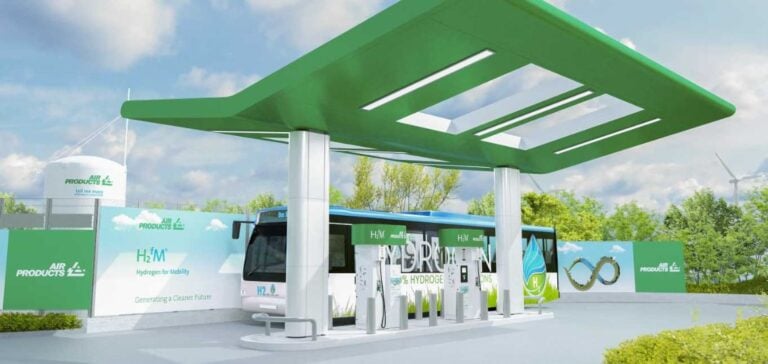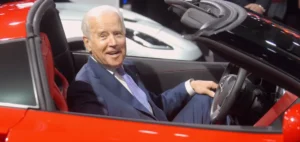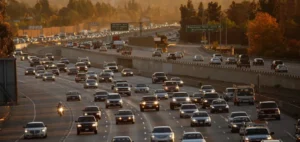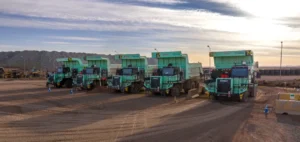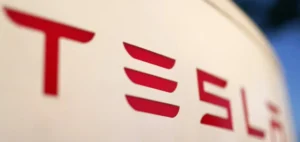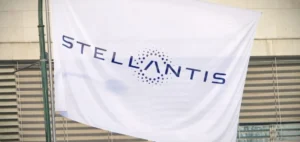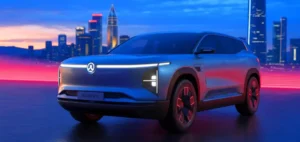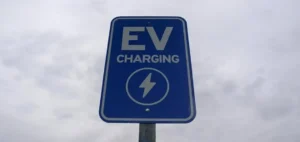California stands out for its ambitious electric vehicle policies and various incentive programs, making it the most active hydrogen mobility market in the USA.
The state is looking to increase the end uses of hydrogen outside road vehicles, notably in aviation, rail and shipping.
Despite the enthusiasm for this low-carbon fuel, several obstacles remain.
The cost of hydrogen at the pump remains high, with an average price of $33.26/kg for light vehicles in July 2024, according to S&P Global Commodity Insights.
This price, almost three times that of gasoline on an equivalent energy basis, is holding back widespread adoption of fuel cell technology.
Expansion of Lourdes Applications
State policies target the adoption of 100% zero-emission fuels for medium and heavy-duty vehicles by 2045.
The private sector is seeing significant growth in the use of hydrogen in heavy-duty applications, where prices range from $7 to $15/kg.
However, these costs remain high in relation to market objectives, with a target of $7/kg by 2028 for heavy-duty vehicles.
For rail applications, hydrogen refueling prices range from $7 to $20/kg.
For aviation, the market is targeting prices between $6 and $12/kg, although the energy efficiency of jet fuel is more favorable.
Infrastructural challenges
One of the main challenges is the availability of refueling stations and supply constraints.
Currently, there are just over 60 public hydrogen refueling stations for light vehicles in California, with several stations out of service due to supply disruptions.
The California Energy Commission approved a $1.9 billion investment in February 2024 for its Clean Transportation Program.
This investment is aimed at developing infrastructure for zero-emission vehicles, including hydrogen refueling stations.
Air Products plans to build commercial fueling stations linking northern and southern California, each capable of powering up to 200 heavy-duty trucks or 2,000 light-duty vehicles per day.
Investments in Aviation and Rail
In aviation, the adoption of hydrogen fuel cell technology is more complex due to the size of aircraft.
Hydrogen is currently recommended for medium-distance flights.
Although fuel cell technology has not yet been approved by the Federal Aviation Administration (FAA), players such as American Airlines have already shown their interest by committing to purchase 100 hydrogen engines from ZeroAvia.
On the rail front, California has signed a contract with Stadler US, Inc.
for the purchase of four FLIRT H2 hybrid hydrogen trains, with options for a further 25.
The first intercity hydrogen train service in North America is expected this year.
Maritime: an emerging sector
The hydrogen marine sector is still in its infancy.
The first commercial vessel powered entirely by hydrogen fuel cells, the “Sea Change”, was announced this year by SWITCH Maritime.
This ferry will run a pilot service in the California Bay area before moving to a permanent route.
The transition to hydrogen in heavy mobility is promising, but still requires overcoming infrastructural and economic challenges.
California remains at the forefront of this transition, with ongoing investments and innovations that could well define the future of sustainable transportation.


